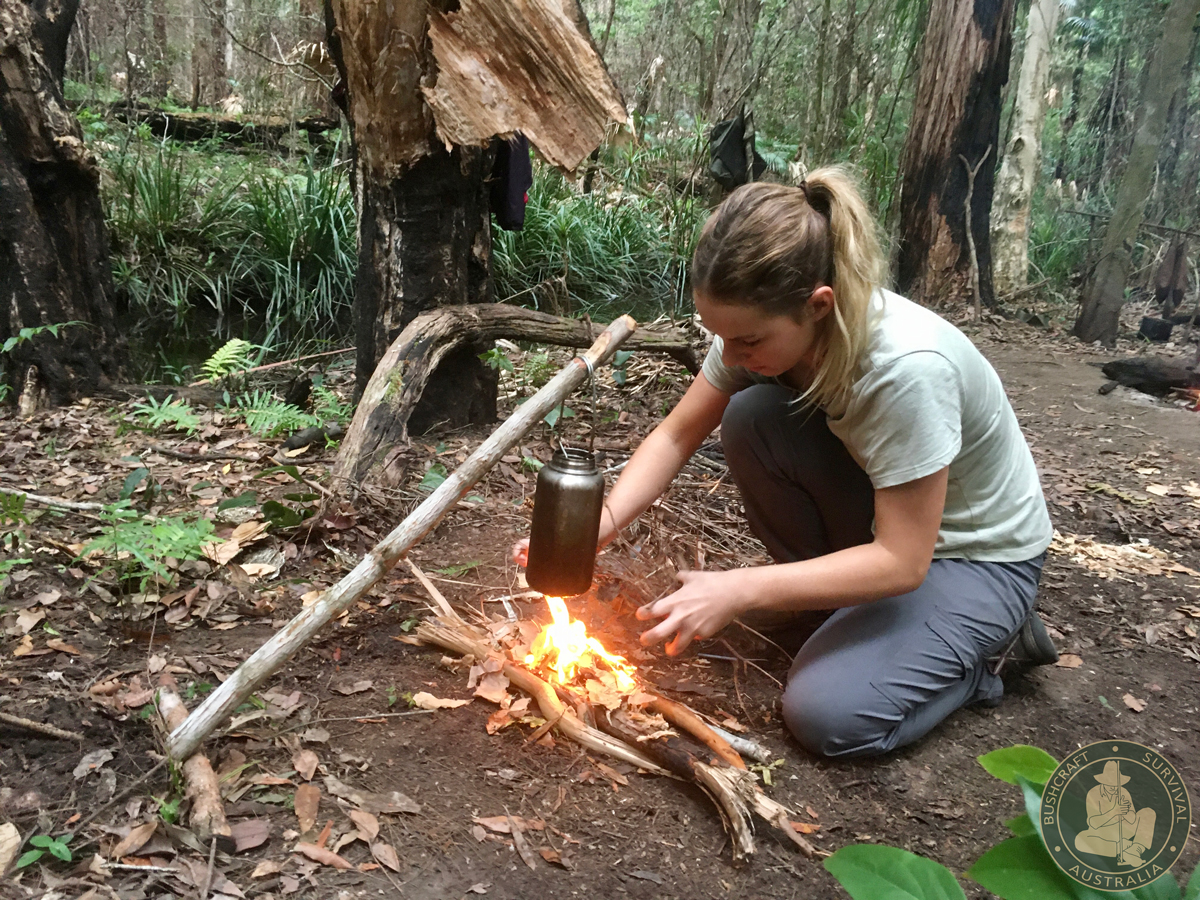In the fast-paced world we live in, the idea of returning to ancient survival methods might seem quaint or even impractical. However, primitive hunting techniques, which have been honed over thousands of years, continue to captivate modern minds. Whether through an appreciation of historical accuracy, survival skills, or a desire to reconnect with nature, there is growing interest in understanding and practicing these time-honored methods. But, in an era of sophisticated technology and convenience, are these techniques still relevant today?
In this article, we will explore the significance, applications, and modern-day relevance of primitive hunting methods. From their cultural value to their survival utility, we will examine why these skills are being revisited and how they can offer more than just a nostalgic look at the past.
The Origins and Evolution of Primitive Hunting
Primitive hunting techniques emerged in the early stages of human evolution. Long before the advent of modern weapons like guns and crossbows, early humans relied on basic tools and their physical strength to hunt for food. These early methods were dictated by necessity and shaped by the environment in which humans lived. Tools such as spears, atlatls, traps, and bows were designed to maximize efficiency while minimizing risk to the hunter.
The most basic form of hunting involved direct confrontation with prey—whether through the use of sharpened stones or bone-tipped weapons, or more sophisticated strategies like ambushes or herding animals into natural traps. Primitive hunters often relied on their knowledge of animal behavior and the landscape, using their surroundings to their advantage.
Over time, human ingenuity led to the development of more refined tools, like the bow and arrow or the sling, which increased the distance between hunter and prey and allowed for greater success. While these innovations helped to transform hunting techniques, the core principles—stealth, strategy, and patience—remained largely unchanged.
Primitive Hunting Techniques: The Core Methods
Though primitive hunting may sound romantic, it involves a high level of skill, patience, and intimate knowledge of nature. Below are some of the most important techniques that were used by our ancestors:
1. Spearing and Thrusting
The spear was one of the earliest weapons used in hunting, dating back over 400,000 years. Early spears were made from sharpened sticks or stones, but over time, more advanced versions were created with flint or metal tips. Spearing was often used for large game like deer, elk, or even woolly mammoths.

Hunters had to get relatively close to their prey before throwing or thrusting the spear, requiring stealth and good judgment. The technique required both strength and accuracy—two qualities that were honed through practice and experience. Modern hunters may still use spears or their descendants (such as hunting knives or firearms), but the original method provides insight into the raw determination and skill of early humans.
2. Bow and Arrow
Arguably one of the most iconic weapons in the history of hunting, the bow and arrow enabled hunters to strike from a greater distance with precision. Unlike spears, which required the hunter to get close to the prey, the bow and arrow allowed for longer-range attacks, providing safety for the hunter and increasing the likelihood of success.
The bow and arrow was also a versatile tool, suitable for both big game and smaller prey like birds. Learning to make a bow and arrow required knowledge of materials like wood, sinew, and animal bone, as well as an understanding of the mechanics of launching a projectile.
3. Trapping and Snaring
While spears and bows were commonly used for direct attacks, trapping was a more passive form of hunting. Traps and snares could be set up in advance and left to catch prey over time. Early traps included simple pitfalls, deadfalls, and snares made from plant fibers, stones, or animal bones.
The key to successful trapping was understanding the behavior of animals. Hunters needed to know where to place traps to ensure maximum effectiveness, and when to check them to avoid letting prey escape. Trapping required a keen knowledge of the terrain and patience, and it often played an essential role in providing food during periods of scarcity.
4. Ambush and Stalking
For both large and small game, ambush and stalking were critical elements of primitive hunting. Early hunters learned to read the signs of animal movement—such as tracks, droppings, or broken branches—and use this information to predict where the animals would travel next. Stalking involved sneaking up on prey, using the landscape for cover, and positioning oneself at the optimal moment to strike.
Ambush hunting was often employed in areas where animals were likely to pass, such as narrow ravines or near watering holes. This strategy required a great deal of patience, physical endurance, and an intimate understanding of the environment.
5. Herding and Communal Hunts
In some cultures, groups of hunters would cooperate in large-scale communal hunts to trap or kill animals like bison or mammoths. This often involved herding the animals toward a natural trap, such as a cliff or a narrow pass, where the hunters could surround and capture them.
These large hunts required close cooperation between individuals, as well as knowledge of the terrain and animal behavior. The success of communal hunts depended heavily on communication, organization, and timing, and they were often tied to important social and cultural rituals.
The Relevance of Primitive Hunting Techniques Today
Now that we have a better understanding of how primitive hunting techniques worked, we can examine why they are still relevant in today’s world. While it is true that modern technology has drastically altered the way humans hunt, there are several key reasons why these ancient techniques are worth revisiting.
1. Survival Skills and Self-Sufficiency
One of the primary reasons why primitive hunting techniques are still relevant today is their importance in survival training. In extreme situations, such as natural disasters or societal breakdowns, the skills involved in hunting, trapping, and gathering could be crucial for survival. Learning to hunt using primitive methods teaches individuals to be self-reliant and resourceful, which are valuable traits in any emergency situation.
Primitive hunting techniques also encourage a deep understanding of ecosystems, animal behavior, and the importance of sustainability. Modern survivalists and preppers often incorporate these methods into their training, as they provide practical solutions for living off the land in difficult circumstances.

2. Cultural and Historical Significance
Primitive hunting techniques hold a significant cultural value, as they are an integral part of many indigenous and traditional societies. Understanding these methods allows people to connect with the past and appreciate the ingenuity and perseverance of their ancestors.
Additionally, many indigenous cultures around the world still practice traditional hunting methods, passing down knowledge from generation to generation. This continuity of practice helps preserve important aspects of cultural heritage and identity. By learning about and respecting these ancient techniques, modern society can foster greater appreciation for the diversity of human history.
3. A Different Kind of Connection to Nature
In a world where most people live in urban environments, learning primitive hunting techniques can provide a unique and enriching way to connect with nature. These methods encourage an intimate understanding of the environment and a mindfulness that is often lost in the rush of modern life. They also promote a sense of responsibility toward wildlife and the land, as these techniques inherently focus on sustainability and respect for nature.
Primitive hunting requires the hunter to develop skills that rely on patience, observation, and empathy for the creatures they pursue. It allows people to develop a deeper relationship with the natural world, encouraging them to be more aware of their surroundings and the cycles of life.
4. Recreational and Educational Pursuits
There is also a growing trend of people participating in primitive hunting and survival training as a form of recreation. Primitive hunting workshops and courses have become popular, with enthusiasts learning everything from flintknapping (the technique for making stone tools) to building shelters from natural materials. These activities offer a chance to escape the digital world and engage in hands-on learning.
Additionally, practicing primitive hunting skills can be educational. It challenges individuals to think critically, be resourceful, and solve problems creatively. In a world where many skills are becoming obsolete due to technology, there is something refreshing about returning to the basics.
5. Conservation and Ethical Hunting
Primitive hunting techniques are also connected to the ethical and sustainable aspects of hunting. Unlike modern commercial hunting or factory farming, primitive hunters are often mindful of the delicate balance between taking an animal’s life and ensuring that the ecosystem remains healthy. The use of primitive weapons, such as bows and spears, typically results in a more humane kill, as there is less potential for over-hunting or excessive harm.
Additionally, many proponents of primitive hunting advocate for sustainable hunting practices, such as only taking what is necessary for food and ensuring that nothing goes to waste. This ethical mindset stands in stark contrast to modern industrial agriculture and over-consumption.
Conclusion: Is Learning Primitive Hunting Techniques Still Relevant?
While the world of modern hunting has evolved far beyond the basic techniques practiced by our ancestors, there are still many reasons why learning primitive hunting methods remains relevant today. These skills offer a unique perspective on survival, cultural history, and our connection to nature. Whether for practical survival, cultural enrichment, or personal enrichment, there is a certain timeless appeal to the ancient art of hunting.
In an increasingly digital and urbanized world, learning and practicing primitive techniques allows us to reconnect with the past, engage with nature in meaningful ways, and cultivate a sense of self-reliance and sustainability. By understanding the past, we can better appreciate our present and ensure a more balanced future.























